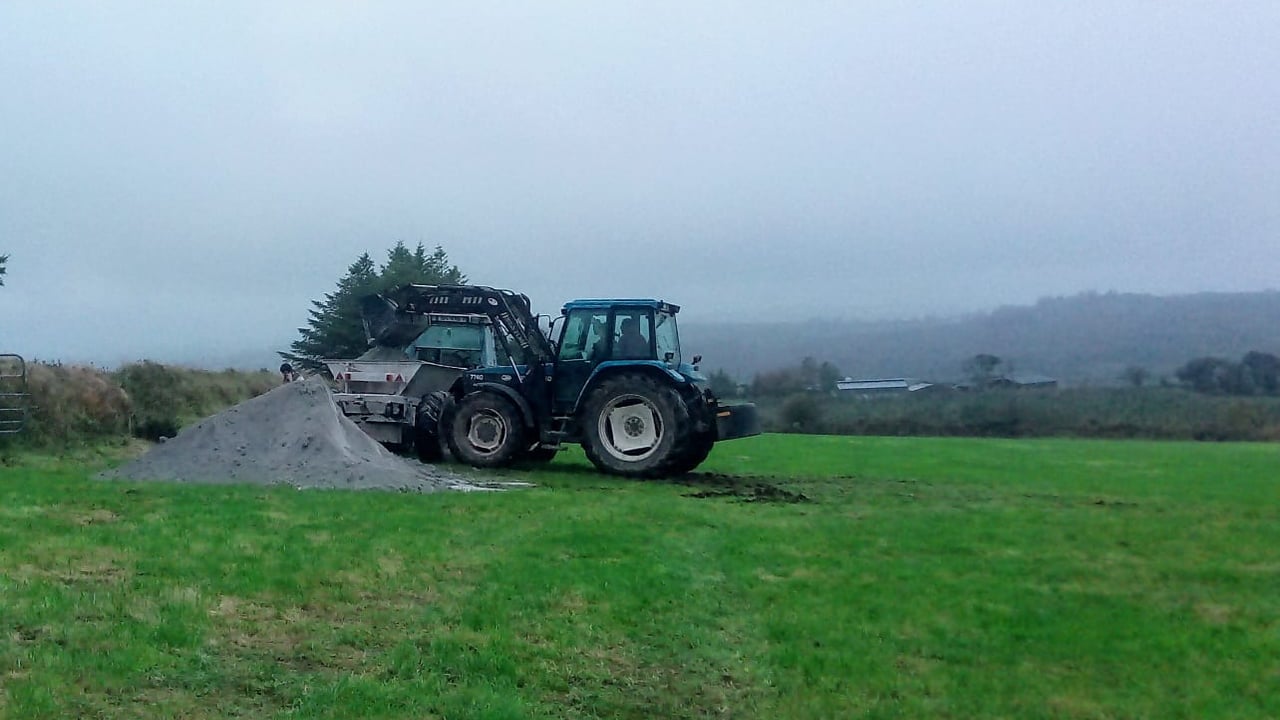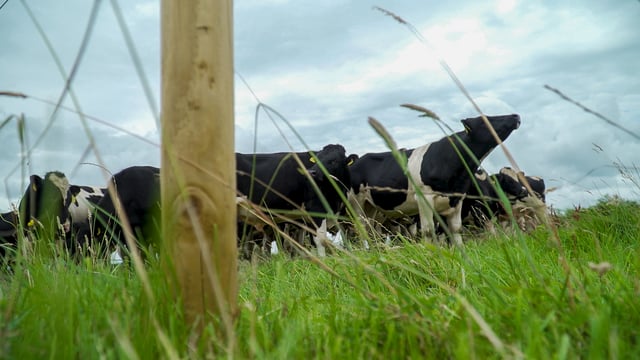Minister urged to ensure all liming applicants are accepted
The Irish Farmers' Association (IFA) has called on the Minister for Agriculture, Food and the Marine, Charlie McConalogue to ensure that all farmers who applied for the National Liming Programme are accepted into the scheme.
Just under 41,000 applications for 4.5 million tonnes were made to the €8 million euro scheme with concern rising that the budget is not sufficient to cater for all applicants.
Rural development chair with the IFA, Michael Biggins said: "There’s huge focus on farmers regarding the climate challenge. However, what isn’t acknowledged is the significant ambition among farmers to improve on-farm efficiencies and their environmental footprint.
"There’s huge demand for the National Liming Programme because farmers want to improve their soil fertility and thereby reduce chemical fertiliser usage."
The IFA chair pointed to the fact that earlier this year, there were 46,000 applicants for 30,000 Agri Climate Rural Environment Scheme (ACRES) places.
At that time, Minister McConalogue found a way to get all 46,000 ACRES applicants into the scheme and the IFA has said that he needs to do the same for Tranche 2 of ACRES later in the year, but more immediately for farmers who applied to the National Liming Programme.
"There was only €8 million provisionally allocated, but obviously more will be needed to satisfy demand," Biggins continued.
"Limiting support per tonne or eligible volumes will prove counterproductive overall."
National Liming Programme
The key objective of the National Liming Programme, which was launched in March is to support farmers to deal with input costs and also help them reduce the need for artificial fertilisers.
The new programme will provide financial support to farmers of €16/t of lime spread to participating farmers, to offset part of the cost of applying calcium ground limestone (CaCo3) or magnesium (dolomitic) ground limestone (CaMg (CO3)2).
In order to qualify for the payment there are a number of conditions that farmers must meet:
- Lime can only be purchased directly from quarries licenced by the Department of Agriculture, Food and the Marine (DAFM) to manufacture and market liming materials;
- Applicants that have submitted a Basic Payment scheme (BPS) application in 2022 and/or a Basic Income Support for Sustainability (BISS) application in 2023 are eligible to apply;
- Farmers that have a Nitrates Derogation in 2022 or 2023 and farmers with a grassland stocking rate above 170kg livestock manure nitrogen/ha prior to export in 2022 are not eligible to take part in the programme;
- Herd owners who are are participating or plan to participate in the 2023 eco scheme practice relating to soil sampling and liming are not eligible to participate;
- The following land categories are also excluded from the programme: Commonage land; forestry; lands under Natura 2000; NHA/pNHA designation as well as Annex 1 grassland and environmentally sensitive permanent grassland;
- Ground limestone can only be applied in accordance with the lime requirement stated on up-to-date soil analysis reports (maximum of four-years-old from date of purchasing the lime).
According to the DAFM, based on budget availability – payment will be made on a minimum of 10t of ground limestone and a maximum of 200t.





